Pear variety Victoria
Victoria is a pear with summer ripening fruits obtained at the Institute of Irrigated Horticulture UAAN (Melitopol, Ukraine) through crossing the Tolstobezhka variety with Bere Bosk. The authorship belongs to the breeders: E.A. Avramenko, I.N. Boyko, P.V. Grozditsky, G.I. Kulikov and I.N. Maximova.
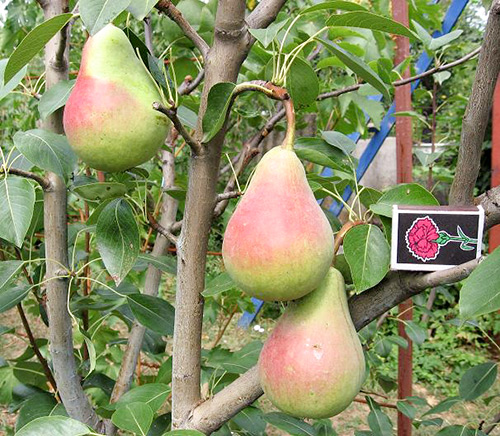
In 1974, the variety was sent to the State test. In 1993 it was zoned in the North Caucasus region (Republic of North Ossetia). Ideal for cultivation in the soil and climatic conditions of the southern strip, steppe and forest-steppe zones of Ukraine. Promising as a replacement Forest beauties, since ripening occurs at the same time.
The trees grow to a medium size, the crown is compact, of medium density, round-pyramidal in shape. Fruit ovaries are formed mainly on the ringlets. The growing season and flowering period begins at a relatively late date, which allows in the spring to avoid damage to flowers by recurrent frosts.
Fruits usually grow above medium and large size (pear weight can range from 150 - 180 to 250 grams), in rare cases - very large (weighing up to 300 grams and a little more), even, symmetrical, regular wide pear-shaped. The skin is of medium thickness, with a smooth surface, sometimes a slight rustiness is noticeable on it. When removed, the main color of the fruit is yellowish-green, the integumentary color is expressed on most of the fruit through a bright blurry pinkish-purple blush. Subcutaneous dots are small in size, well-defined, and are present on the skin in large numbers. The stalks are long, medium in thickness, curved in shape. Non-falling cup, closed type. The saucer is small, smooth, narrow in shape.
The pulp is white, oily, juicy, tender, without granulations, with a pleasant aroma and a very good sour-sweet taste. On a 5-point tasting scale, the taste of the Victoria variety is estimated at 4.5 points. In terms of chemical composition, fruits grown in the conditions of the Kuban contain: dry matter (13.0%), the amount of sugars (7.8%), titratable acids (0.40%), ascorbic acid (5.8 mg / 100 g ), P-active catechins (38.0 mg / 100 g). A table variety, its fruits are usually consumed fresh.
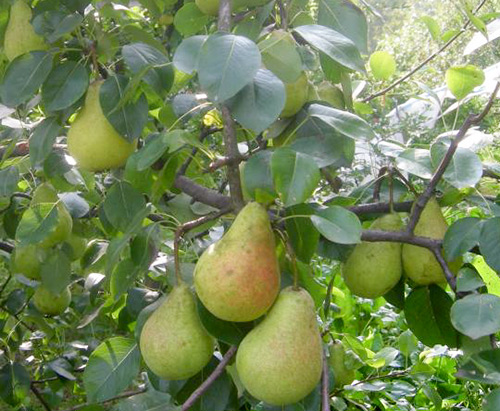
Fruit picking is usually done between August 20th and 30th. Ripe pears continue to hold firmly on the branches. Fruit set is high. Due to the high level of keeping quality of fruits, Victoria is often ranked among the early autumn varieties. Under normal conditions, the fruits remain fresh for 3 to 4 weeks, while in conditions of artificial cooling (i.e. in the refrigerator) pears are stored much longer - up to 3 to 4 months. Fruit transfer well. The marketability of the variety is high: the average output of standard products is 98.5%.
The variety is partially self-fertile, largely prone to the formation of parthenocarpic (otherwise, seedless,
The early maturity of the variety is average, the trees bear fruit from 6 to 7 years after planting in the garden. Fruiting is annual. The yield is high, steadily increasing with age. An adult tree can bear up to 200 kg of fruit. The level of winter hardiness and drought resistance is quite high, heat resistance is medium. Flower buds and root system are distinguished by high frost resistance. The variety is resistant to fungal diseases (scab).
The obvious advantages of the Victoria pear are: very large fragrant fruits with high taste and marketability; regular and abundant fruiting; high winter hardiness and non-infestation of fruits by major diseases and pests.
No significant shortcomings have yet been identified in the variety. Some gardeners note that in conditions of scarce summer and autumn heat, fruits can "lose" in taste, not getting sweetness and pleasant sourness.
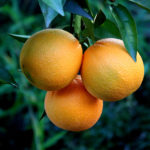
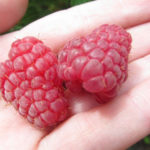

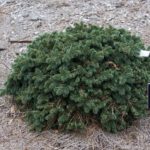
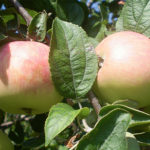
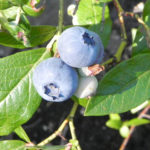



Nice, informative article. For me, this variety begins to bloom at the end of May, and, accordingly, the fruits ripen by September. Despite the fact that the tree itself is medium-sized, nevertheless, its trunk should be fixed (tied) to a solid support. When the first year the pear begins to bear fruit, and the fruits of Victoria reach up to 200 g, it is advisable to leave two or three fruits on the branch. If you do not remove excess pears, then young and fragile branches can break under the weight of the harvest. The fruits themselves are not susceptible to early decay and scab damage. They have a rather colorful color - yellow-red-green coloring is very pleasing to the eye.
To increase fertility, we mulch the soil around the tree with straw to retain moisture in the soil. And when digging in the spring, rotten straw serves as a good natural fertilizer. We plant cilantro around the pear - it reliably protects the tree from pests.
In the second year after planting, it began to bear fruit. Four huge fruits! I'll take it off in a week and we'll try it!